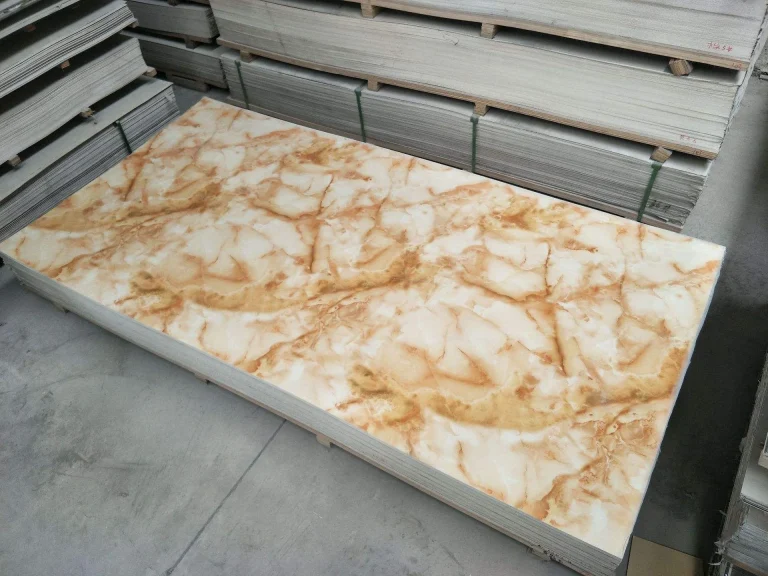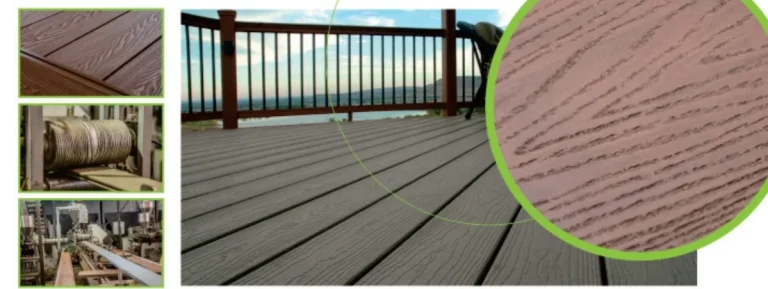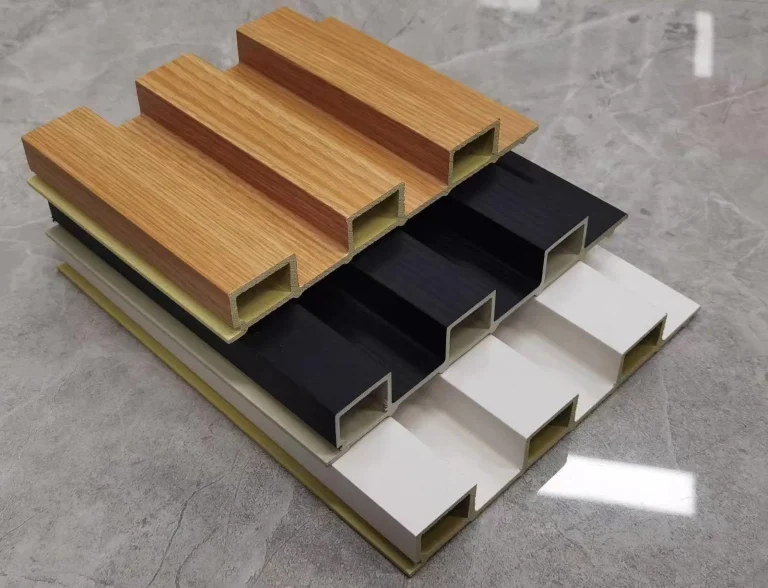Why Are WPC Wall Panels Gaining Popularity?
WPC wall panels are quickly becoming a popular option for decorating exterior and interior areas. Their unique combination of durability, attractiveness and environmental sustainability has drawn the interests of homeowners, builders and designers.
Key Features That Set WPC Wall Panels Apart
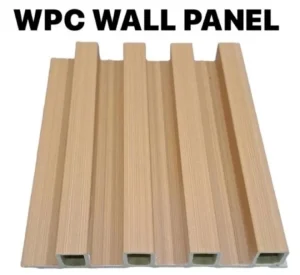 WPC wall panels possess many benefits in comparison to the other products which are available on the market. The composite is made from a combination of polyethylene, polypropylene or polyvinyl chloride with more than 50 percent organic fibers such as field residues or wood powder. This way, the combined compound makes something that’s safe for nature and strong with moisture resistance and totally chemical-free in terms of harmful ingredients such as formaldehyde. Additionally, the lightness and ease of installation render them an easy pick for customers.
WPC wall panels possess many benefits in comparison to the other products which are available on the market. The composite is made from a combination of polyethylene, polypropylene or polyvinyl chloride with more than 50 percent organic fibers such as field residues or wood powder. This way, the combined compound makes something that’s safe for nature and strong with moisture resistance and totally chemical-free in terms of harmful ingredients such as formaldehyde. Additionally, the lightness and ease of installation render them an easy pick for customers.
WPC wall panels are design flexible in the sense that they can be conveyed through various types of finish like wood and metal looks that are universally appealing when it comes to appearance. This presentation renders the panels a good integration with furniture as well as easy decoration fashion and adds value to any room that one installs them in. Also, their beautification attributes not only increase their outer attractiveness but even have a positive function.
Comparing WPC Wall Panels to Traditional Wall Materials
WPC wall panels are compared to materials, such as wood or PVC, and an array of advantages that make them different is noticed. WPC panels stand out due to their resistance to pests and moisture from wood. Furthermore, WPC panels address formaldehyde emission concerns that are generally linked with wooden products.
Times PVC materials do not have the same detailed texture and design versatility as WPC panels do not have the same intricate patterns or diverse textures as polystyrene (PS). WPC panels offer a selection of decorative choices and are environmentally friendly options for individuals looking for sustainable building solutions.
How Do WPC Wall Panels Enhance Interior and Exterior Walls?
Adorn your walls with WPC wall panels, adding elegance and utility to every nook and corner, both inside and outside your home.
Benefits of Using WPC Wall Cladding for Exteriors
For use, WPC wall cladding is an excellent shield against severe weather conditions. Since it is water-resistant, it shields itself from rainwater and humidity, thereby becoming durable. The panels are also UV ray-resistant, making them suitable for use without worrying about fading or color shifting over time.
The minimal maintenance that WPC cladding demands is the reason why it is more attractive to homeowners, who are searching for a low-maintenance alternative to improve the exterior look of their property without the need to paint or seal like in the case of traditional materials.
Advantages of Installing WPC Panels Indoors
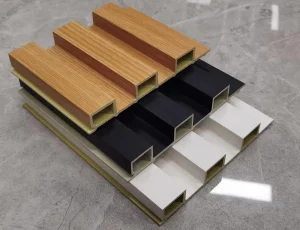 One of the main benefits is the way they help minimize noises in a room or section over other materials available in the market today.
One of the main benefits is the way they help minimize noises in a room or section over other materials available in the market today.
Ease in installation of WPC panel makes it stand out from the rest because of its simple installation through nailing or gluing with minimal effort and equipment. It is privileged to be painted to tastes in a bid to beautify.
What Should You Know Before Choosing WPC Wall Panels?
Factors to Consider When Selecting WPC Panels
While selecting WPC wall panels, one must be aware of their nature and usage in order to make the right selection. First, inspect the material composition—quality WPC panels consist of a balanced mix of wood fibers and plastic, which provides greater strength and water resistance. Second, inspect the panel thickness and density, which have a direct impact on strength and load-bearing capacity. Third, inspect for UV resistance and color stability if panels are to be used outdoors. Additionally, look for panels with anti-fade, anti-crack and insect-resistant properties.
When choosing panels for your spaces, decor aesthetics is crucial not just the function they serve but also how they look and feel aesthetically speaking as well as complementarity with modern furniture and minimalist designs, like wood effect or Morandi colors among others, which really allows you to create a cohesive and stylish ambiance that suits any style preference you may have from sleek modern looks to cozy warmth with wood textures.
Installation Tips for Long-Lasting Results
To ensure WPC wall panels are more durable and perform well, proper installation should be accomplished through techniques, like gluing or nailing without tools or excessive labor. Clean and smooth the surface first before starting the installation process to achieve a flawless outcome.
To enhance stability during installation of panels, consider utilizing both left and right fasteners. This approach aids in securing the panels against the wall, minimizing the chances of detachment over time. Furthermore, you have the option to opt for nails or clips as alternative fixing techniques based on your preference.
Why Choose Sangni for Your WPC Wall Panel Needs?
Our Role as a Trusted Procurement Agent
Since Sangni has become known as a purchasing agent in the construction materials sector and is well aware of the challenges involved in acquiring top-notch WPC wall panels for your projects, we strive to offer customized solutions that meet your specific needs effortlessly by working closely with suppliers and professionals, like designers and builders to guarantee our customers get top quality goods and outstanding support.
Comprehensive Support Throughout the Buying Process
At Sangni, we assist in the purchasing journey from choosing the perfect WPC wall panels to guaranteeing prompt delivery. We handle all procurement details meticulously. Our dedicated team collaborates closely with suppliers to obtain panels that adhere to quality criteria.
We also focus on customization to meet a variety of tastes and needs. You can choose from panels designed to look like wood grain or metal finishes or with textures resembling marble. Our WPC panels come in finishes, like wood patterns and colors inspired by Morandi’s palette as well as metallic tones and fabric-like textures.
When you opt for Sangni as your procurement representative selection, you tap into a pool of suppliers and a devoted team focused on ensuring top notch quality in all project stages.
Frequently Asked Questions about WPC Wall Panel
Q: What is a WPC wall panel?
A: A WPC wall panel is an ornamental wall panel made of a blend of wood fibers and thermoplastic polymers. It is long-lasting, water-resistant, and can be shaped to mimic natural wood in texture. WPC panels are generally used for interior as well as exterior purposes since they are low-maintenance and versatile.
Q: Which is better, WPC or PVC?
A: WPC is more or less mostly found stronger and harder compared to PVC. Since wood fibers within WPC cause it not to crack or break, such applications that demand a higher degree of impact strength have it applied as a preferable one. On the other hand, with PVC, cost effectiveness, ease in processing, and excellent use in water environments are also some other benefits.
Q: What is the life expectancy of a WPC panel?
A: WPC panels possess a great lifespan. In general, a good WPC panel can last from 20 to 30 years. Such a lifespan is far more than most of the conventional materials, and this makes WPC panels a worthy investment for residences as well as commercial enterprises.
Q: Why is WPC expensive?
A: WPC is manufactured by blending wood flour or fibers with thermoplastics like polyethylene (PE) or polyvinyl chloride (PVC). The blend yields a product that has the appearance of wood but is more durable and resistant to moisture and decay. These raw materials are, however, more expensive than lower-grade materials.

